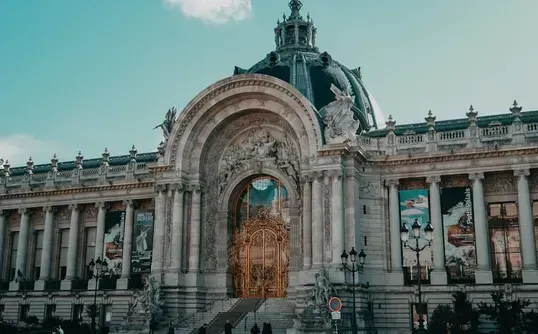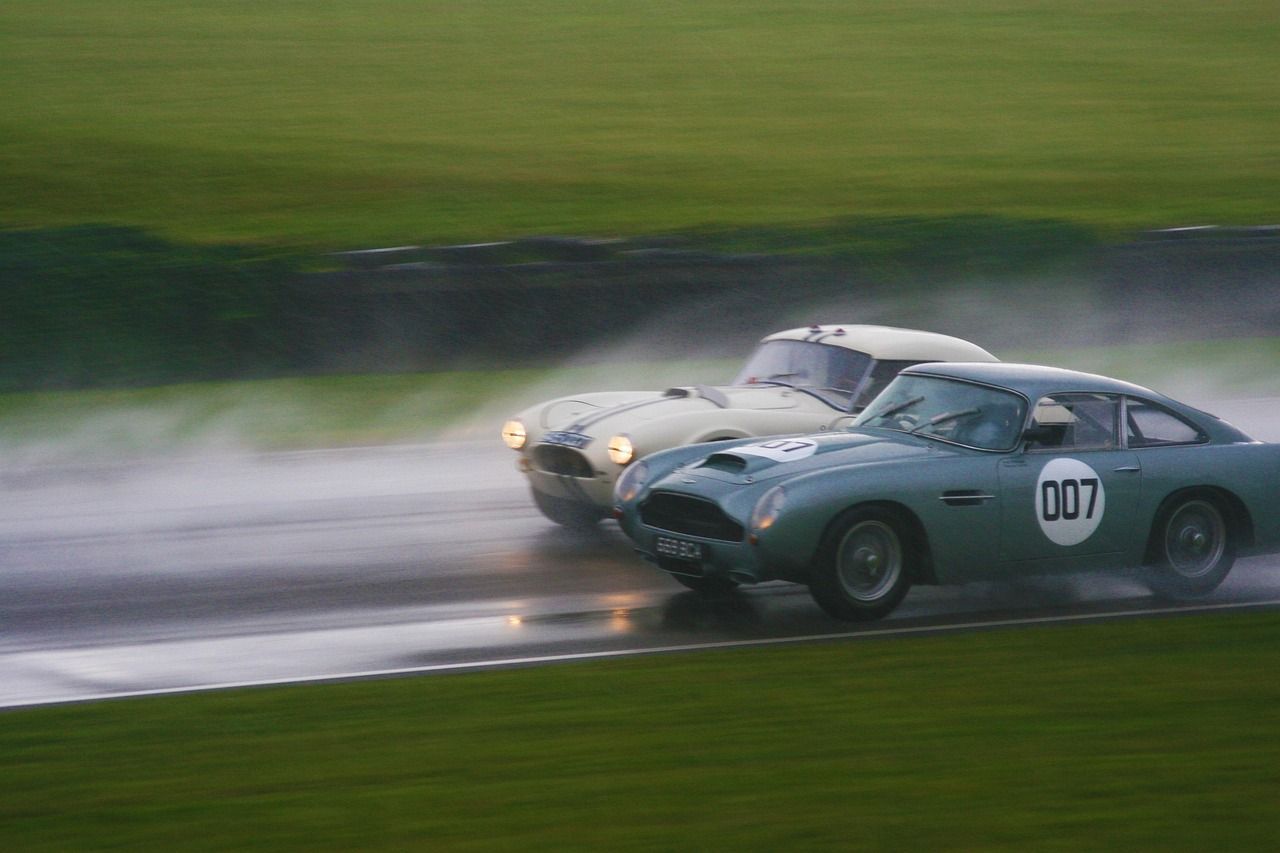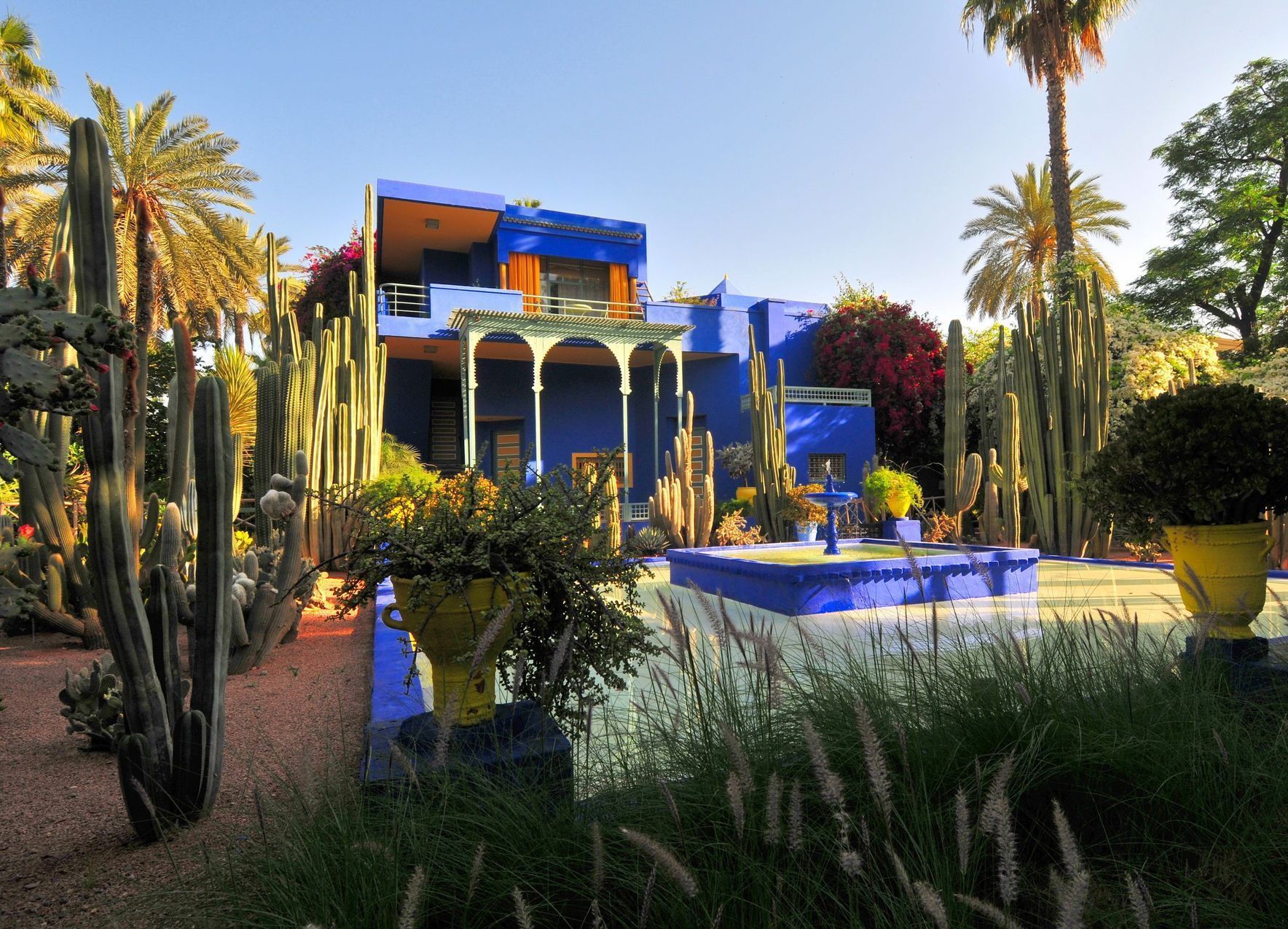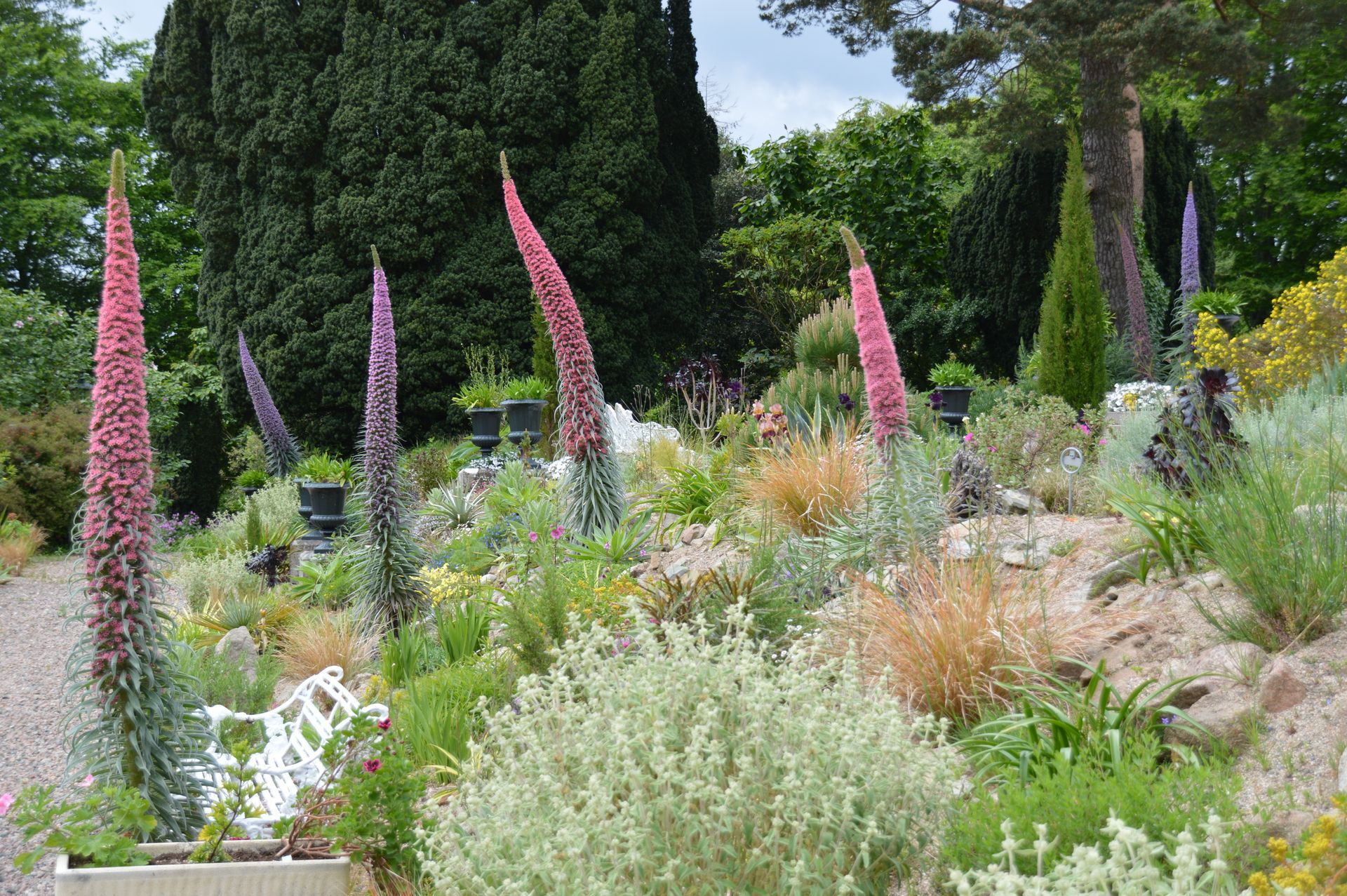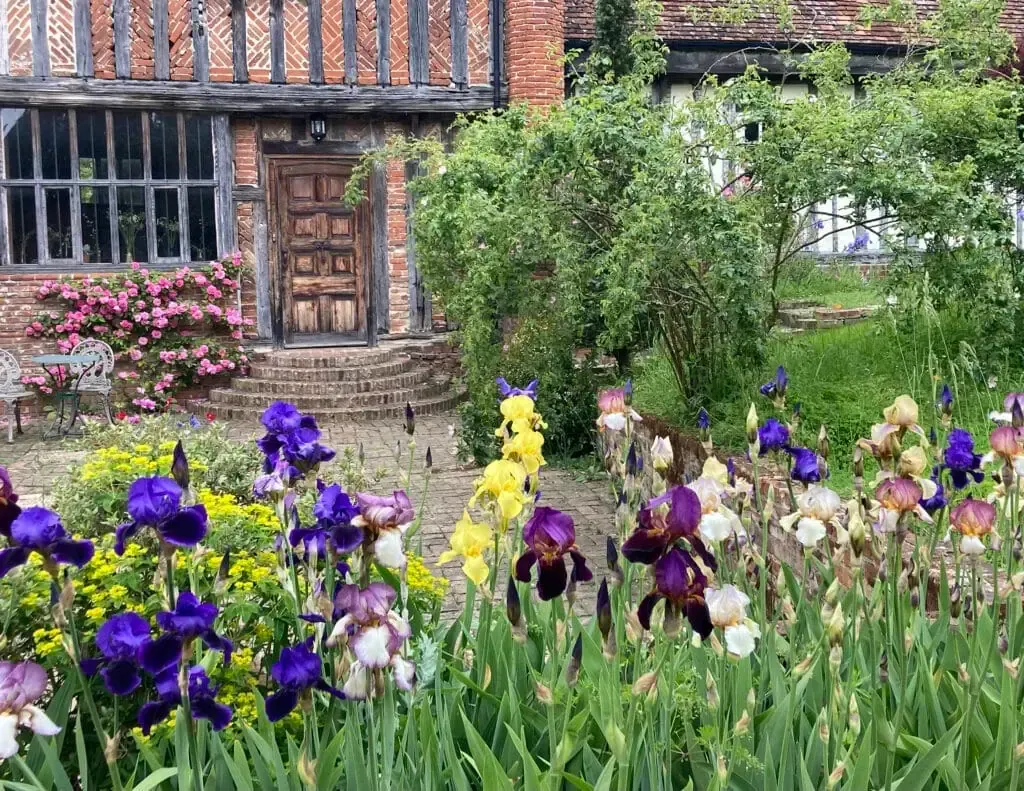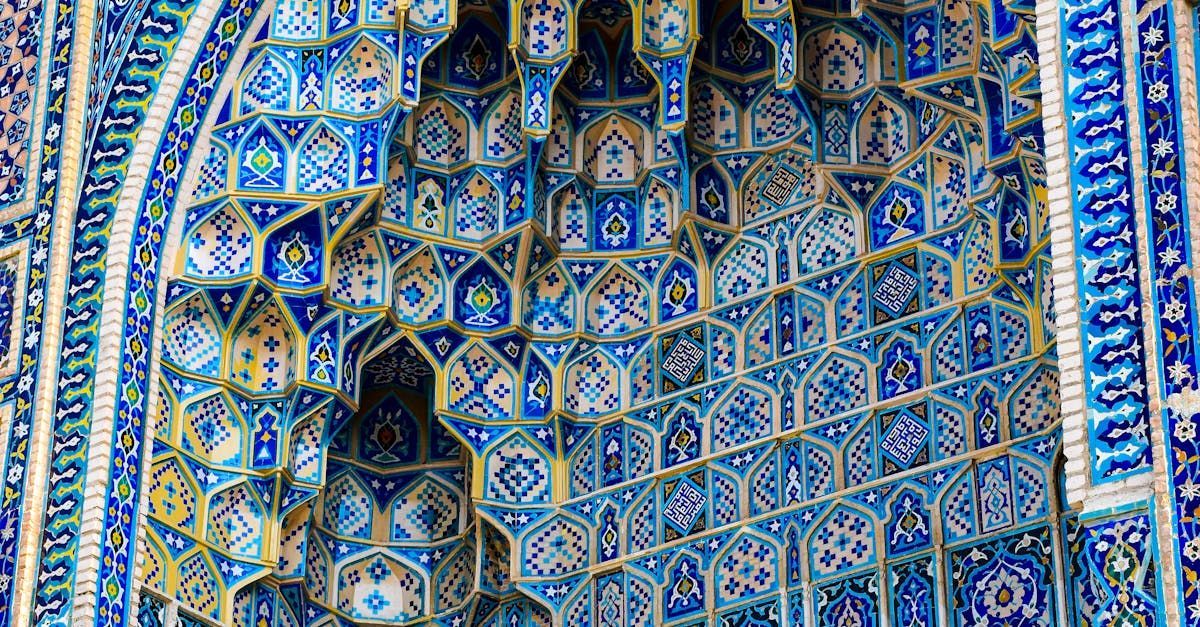Paris Nouveau | Article
Art and architecture in the 'Belle Epoque' By expert lecturer Dr Justine Hopkins
Art Nouveau was the first self-consciously modern style: decorative, dramatic and daring, with an international appeal which made it the most pervasive influence in art, craft, architecture and design throughout the turbulent years of the turn of the nineteenth century. Born of the conflicting ideologies of the Arts & Crafts and Aesthetic movements - the one determined to revive the craftsmanship of the past in the face of mass-production in a post-industrial society, the other abandoning utility altogether to proclaim the doctrine of ‘art for art’s sake’ - the practitioners of the new style were equally inspired by the natural world and the innovations of contemporary technology; by the elegant asymmetry of Japanese prints, the enigmatic patterns on Celtic shields, the elaborate decorations of Rococo furniture and the soaring lines of Gothic cathedrals. Art Nouveau was idiosyncratic, diverse and immediately recognisable - and endlessly fascinating to artists, dealers and public alike.
Representing a deliberate break with academic orthodoxy and traditional values, Art Nouveau struck a resounding chord that echoed the impulse of the age. The determination of its adherents to champion all creative endeavour and put an end to the hierarchical divisions that privileged the fine arts of painting, sculpture and architecture above the applied or decorative arts likewise proved sympathetic, at a time when society at large was also challenging historical hierarchies of privilege, while the deliberate sensuality of much Art Nouveau imagery fed the growing appetite for the edgy and scandalous which characterised the zeitgeist of the fin-desiècle. At the same time trade fairs and international exhibitions opened the way for artists and designers to disseminate their ideas and their products more widely than ever before, whether as factory-made ‘editions’ available in the increasingly popular department stores, or unique masterpieces sold through specialist retail shops such as Siegfried Bing’s ‘Maison de l’Art Nouveau’ in Paris, opened in 1895.
In a world increasingly urban-centred and consciously commercial, the style also found a natural niche in the newly-burgeoning world of advertising and Art Nouveau posters quickly became a commonplace feature of the modern town and city. By the turn of the century there was no area of visual experience that the style had not reached, from buildings to biscuit tins, postcards to porcelain. In the art gallery and at home, in commercial showrooms and on billboards, and by any one of a dozen different names, the new style took its place at every level of contemporary life. Art Nouveau changed not only the look of designed objects but the attitude with which they were designed and made. More than a style, more than simply a reflection of the spirit of its age, at its best it represented a whole complex of ideas, intentions and aspirations; a state of mind which would affect future generations of architects and designers, while producing works in all media - from public buildings to private houses, stained glass to furniture to jewellery - which continue to feel modern today. In past years, Art Pursuits has followed the ‘Art Nouveau trail’ from Nancy to Glasgow to Brussels, observing at first hand how the style adopted and adapted local influences, both historical and contemporary, to shape itself to the particular spirit of the place. For 2025 we will be exploring Paris, home to such leading Art Nouveau luminaries as Hector Guimard and Alphonse Mucha, and site of the International Exhibition of 1900, which marked the climax of the Art Nouveau phenomenon as some fifty-one million visitors from all over Europe and beyond flocked to admire the widest diversity of objects, buildings and images in the new style ever assembled. International Exhibitions were notoriously ephemeral, but many of the glories of Paris 1900 are still to be found, if you know how and where to look!
Join Justine on an Art Pursuits study tour in 2025 now!
- PARIS NOUVEAU Art and architecture in the 'Belle Epoque' | 24 - 28 June 2025
Contact Info
Tel: 01280 430 175
Email: hello@fineandcultural.com
WhatsApp: +447946892834
Fine and Cultural Tours Ltd
1 West Street, Buckingham, MK18 1HL
Tours
Quick Links


All Rights Reserved | Fine and Cultural Tours | Booking conditions | Privacy Policy
